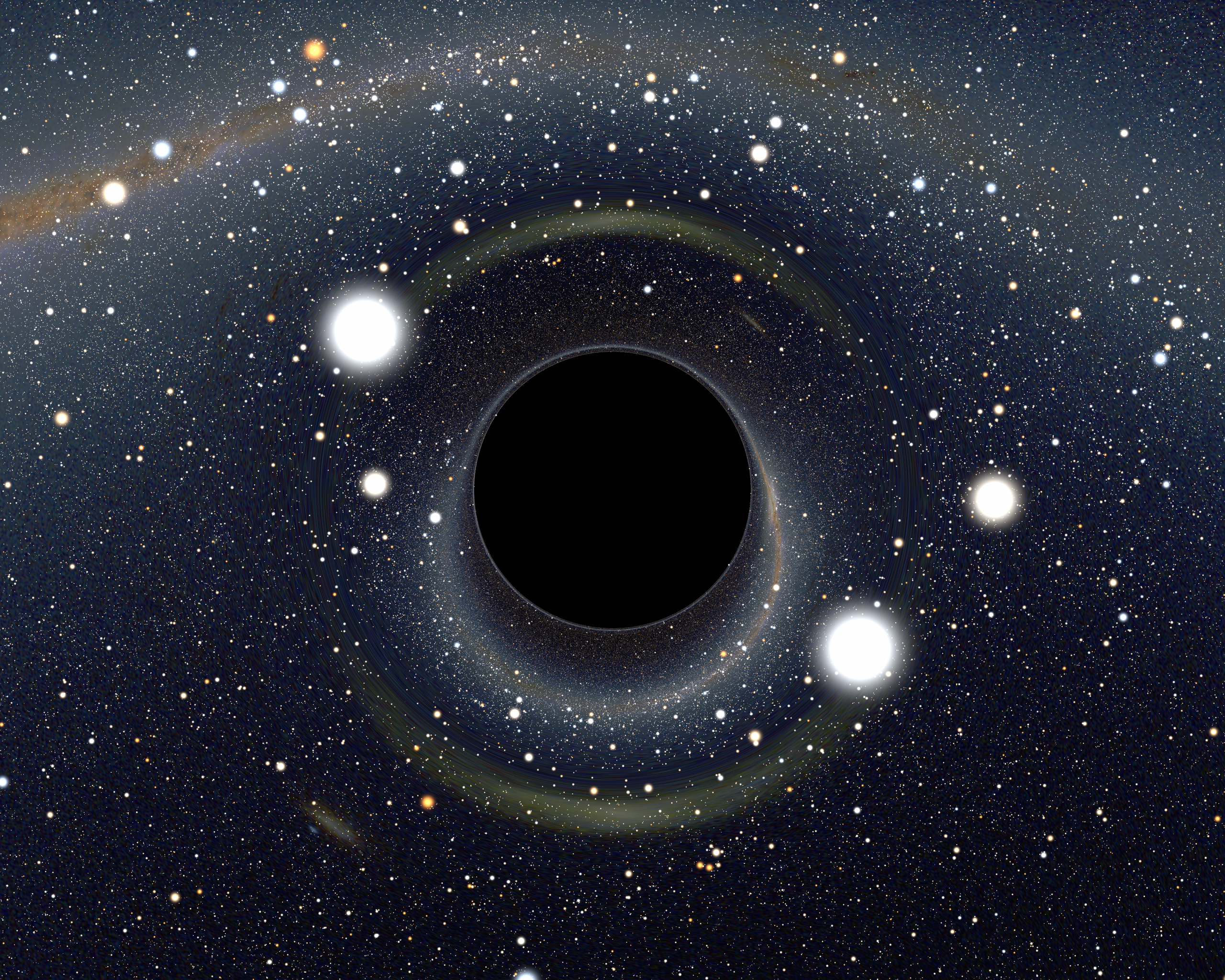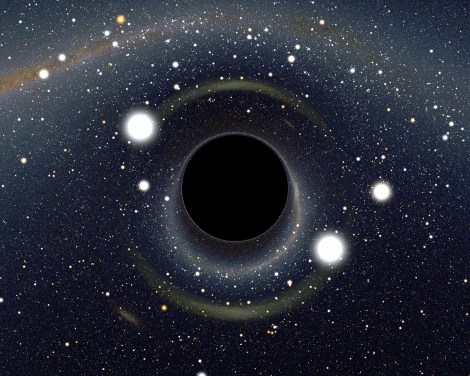One pretty good rule of thumb for understanding the great, wide universe out there — on Earth and beyond — is that no matter how crazy some phenomenon seems, it’s likely that exists in more than one form or more than one place. There are only so many ways for the stuff that makes up the universe to behave.
So while it would be natural to think that nothing like black holes — areas of the space-time continuum where gravity is so high that not even light can escape — could possibly exist here on Earth, that might not be quite right. A new paper (posted pre-publication on arXiv, i.e. not necessarily in its final form) shows that vortices in the Atlantic Ocean can be described, mathematically, in the same way that black holes can.
They can be thought of as coherent islands in an incoherent flow. As such, they are essentially independent of their environment, surrounded by a seemingly impenetrable boundary and with little, if any, of the fluid inside them leaking out.
These vortices and black holes share features like a ring of material around the edge that does not get sucked in. And in ocean vortices, “each vortex boundary in a turbulent fluid contains a singularity, just like an astrophysical black hole,” Tech Review says.
If that’s too math-y for you, here’s the upshot:
Since anything that gets into these black holes cannot get out, this should trap any garbage, oil or indeed water itself, moving it coherently over vast distances.
We should note that throwing all the trash we create into these vortices probably isn’t actually a solution to the world’s waste problems. But it probably is cheaper than putting all the trash we create in a space ship and sending it into a black hole.



